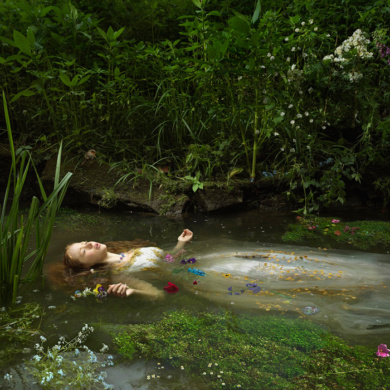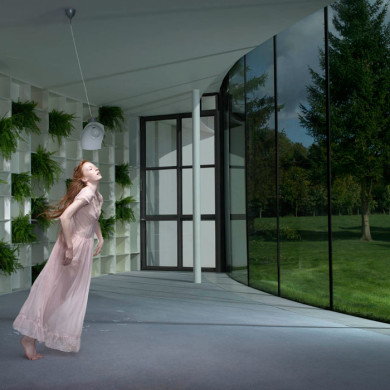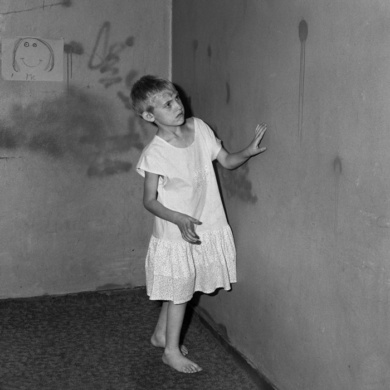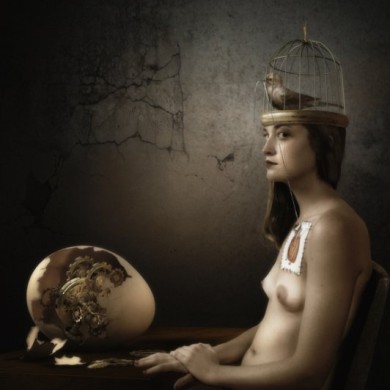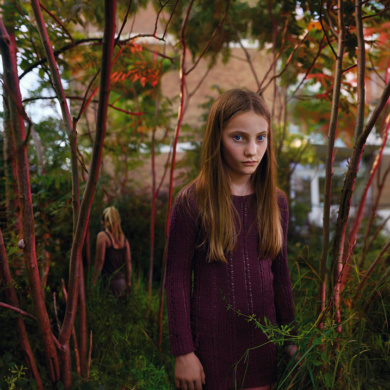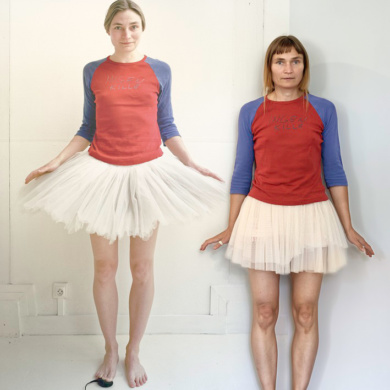‘Then we came up with an impressionistic document that shocks. Is that so? I don’t think it so much shocks as it’s honest. It’s honest, but it’s a good piece in itself. So, you see, we’re a… a little nervous about hitting you with this. Oh, now, they’ve got nothing to be nervous about. It’s a shot in the dark, but it’s strong and it’s attractive. It better be better than the last one, Harry.’
Faces, John Cassavetes, 1968
In 1968 John Cassavetes directed the film Faces featuring Gena Rowlands in the leading role. Faces has become a cult film, frequently chosen from among the best feature films in film history, and has influenced filmmakers such as Martin Scorsese, Woody Allen, Robert Altman, and Michael Hanneke, and in the ’90s the ‘Dogme’ movement led by the Danish director Lars von Trier. This film of ‘cinematic excess’ follows the concepts of the so-called cinema-verité, invented by Jean Rouch and influenced by Dziga Vertov and Robert Flaherty. This ‘cinema of truth’ is an example of the epitome of contradictions because it postulates both the intervention of the director -as a creator- as well as the film’s documentary nature, always with the goal of seeking authenticity. This confrontational, improvised, and interventionist character of the cameraman and the filmmaker on the actor has resulted in films as provocative, daring, and transgressive as The Idiots, The Celebration and The White Ribbon.
This project on the photographic portraiture of the face is based on three axes: the relationship between the primitive photography of the nineteenth century and today’s contemporary one; the binomial document-story; and the contrast between portraits and self-portraits. Daguerreotypes and ambrotypes are perhaps the most truth-laden portraits in the history of photography; the subjects face the device – the camera – for the first time, and their gazes are of such freshness, astonishment, and extraordinary expectation that, I would dare to say, have remained unequalled ever since. For the first time in history, anyone could leave a truthful reminder of their journey through the world, something only available to a privileged few until then: those who could afford to have a portrait painted of themselves.
From there we take a leap of more than a century, arriving at the work of contemporary artists with a very diverse approach to the face: from a documentary stance to staged photography, and from the ‘other’ to the photographer-artist who is both subject and photographed object, and therefore a homo photographicus as defined by the neologism coined by Joan Fontcuberta, yet very distant from the totalitarian predominance of the selfie.
The gallery artists selected for the project are ‘researchers’ of the human face. Roger Ballen (New York, USA, 1950) travels along the fringes of the document and the storytelling with the skill of a master. Jamie Baldridge (Louisiana, USA, 1975) plays with invented worlds spanning the atavistic and the technological. Meanwhile, Elina Brotherus (Helsinki, Finland, 1972) explores the territories of the biographical using John Baldessari’s ‘art ideas’. Julia Fullerton-Batten (Bremen, Germany, 1970) is a virtuoso in staging historical and autobiographical stories. And, last but not least, Ellen Kooi (Leeuwarden, Holland, 1962) sets her gaze on the psychology of childhood as the only possible bastion of authenticity.
Curated by Juan Curto
In order to receive the press kit (press release and images) please contact us on (+34) 91 429 17 34 or email info@camaraoscura.net


